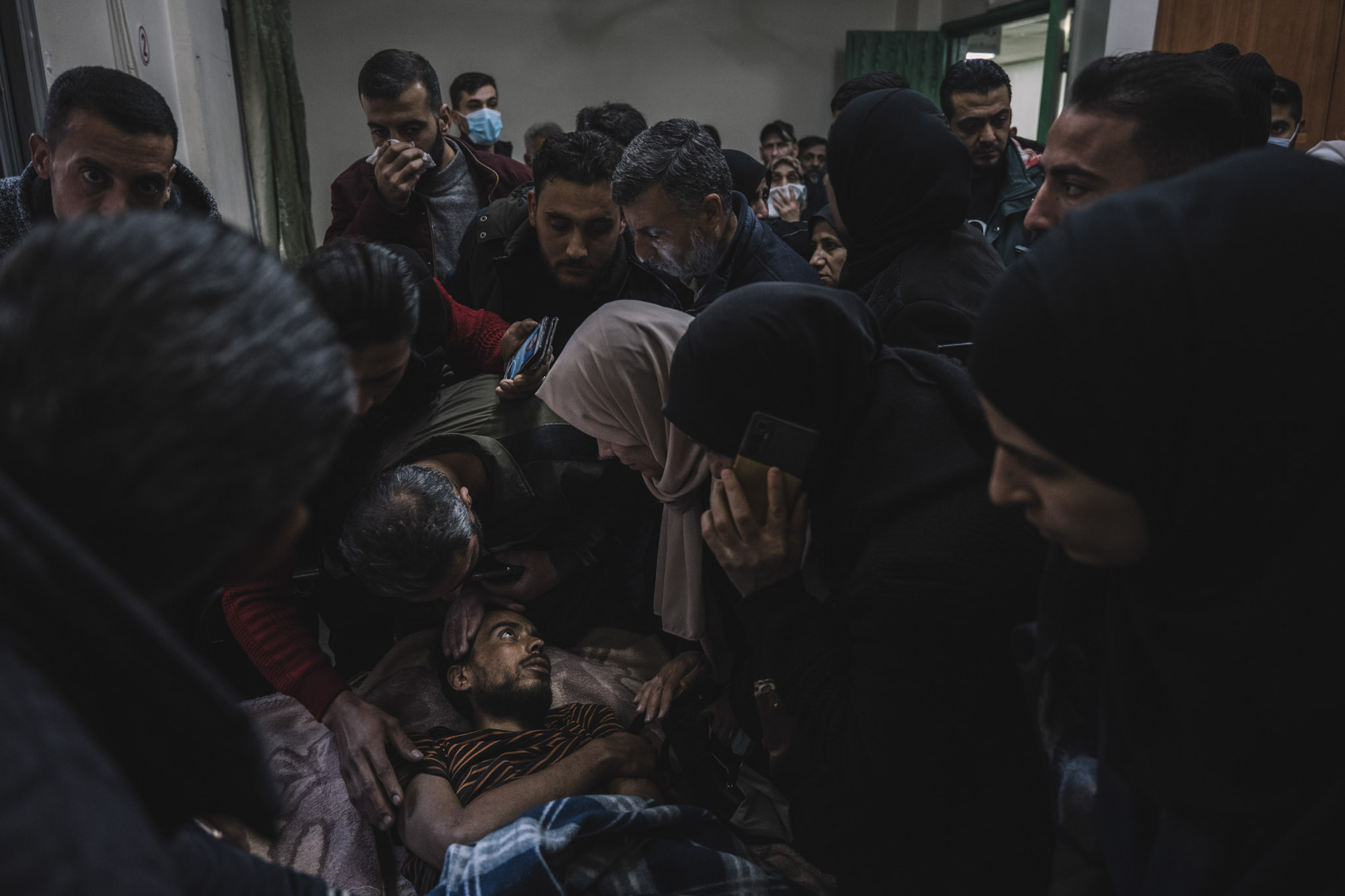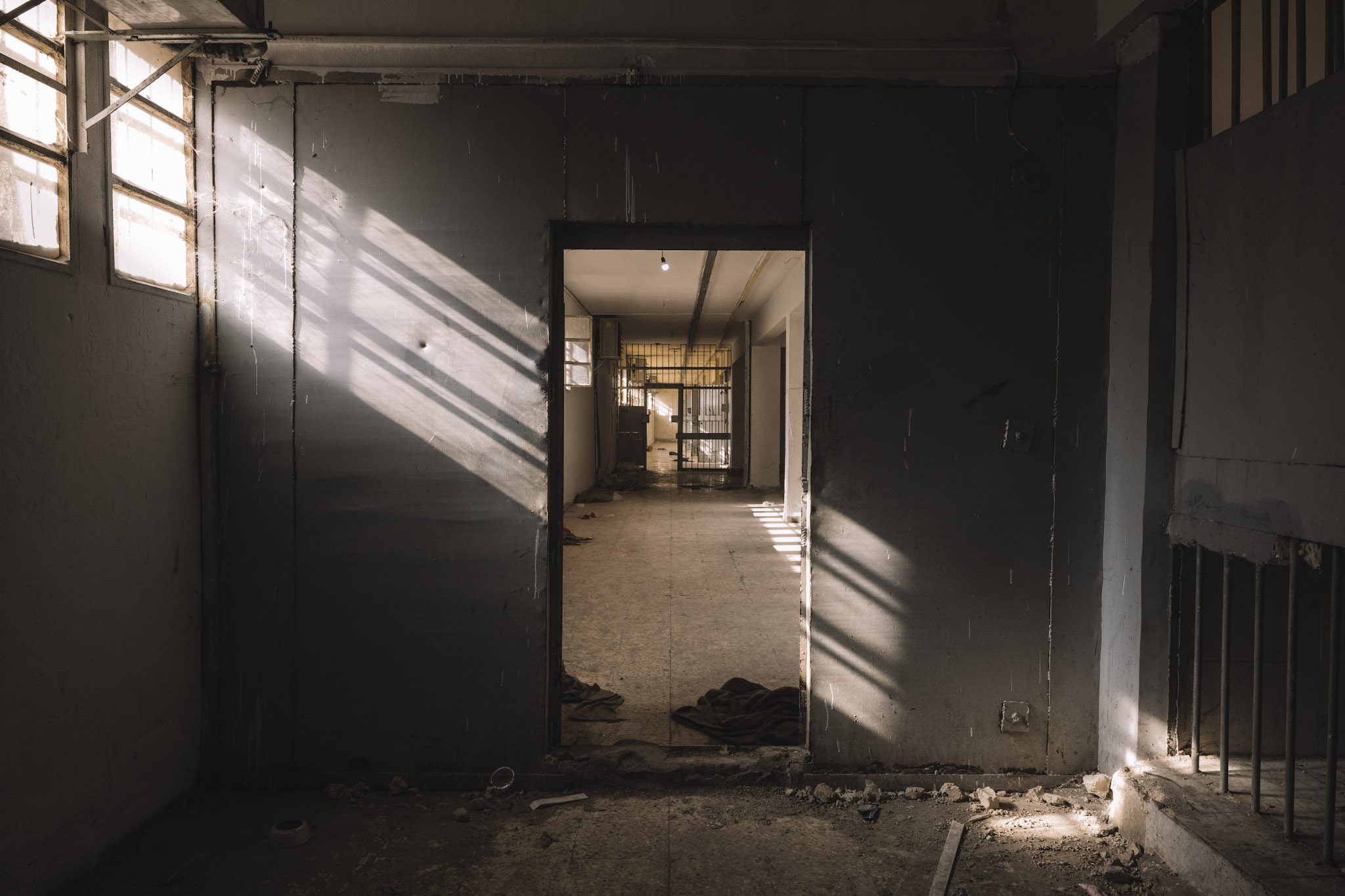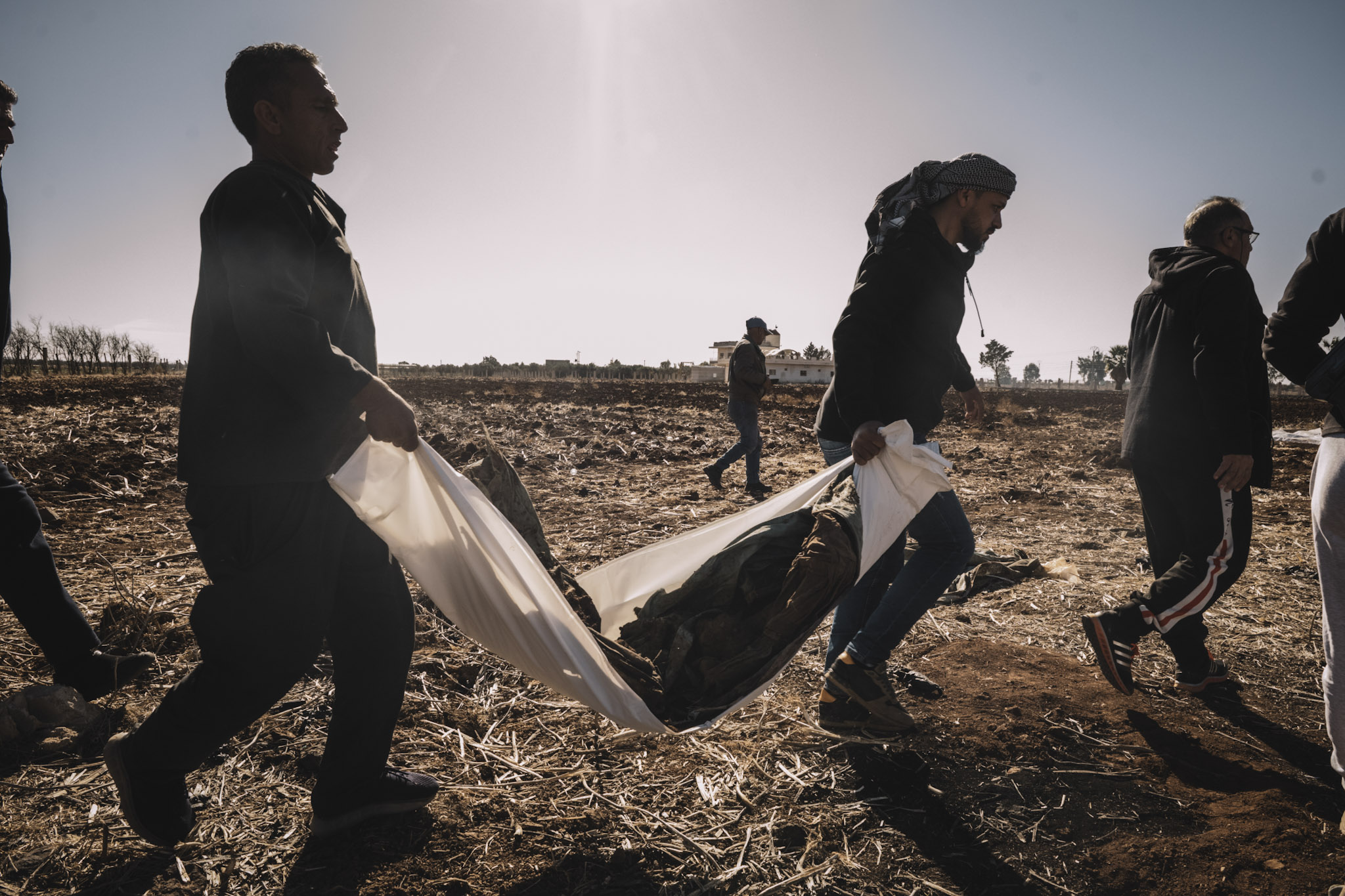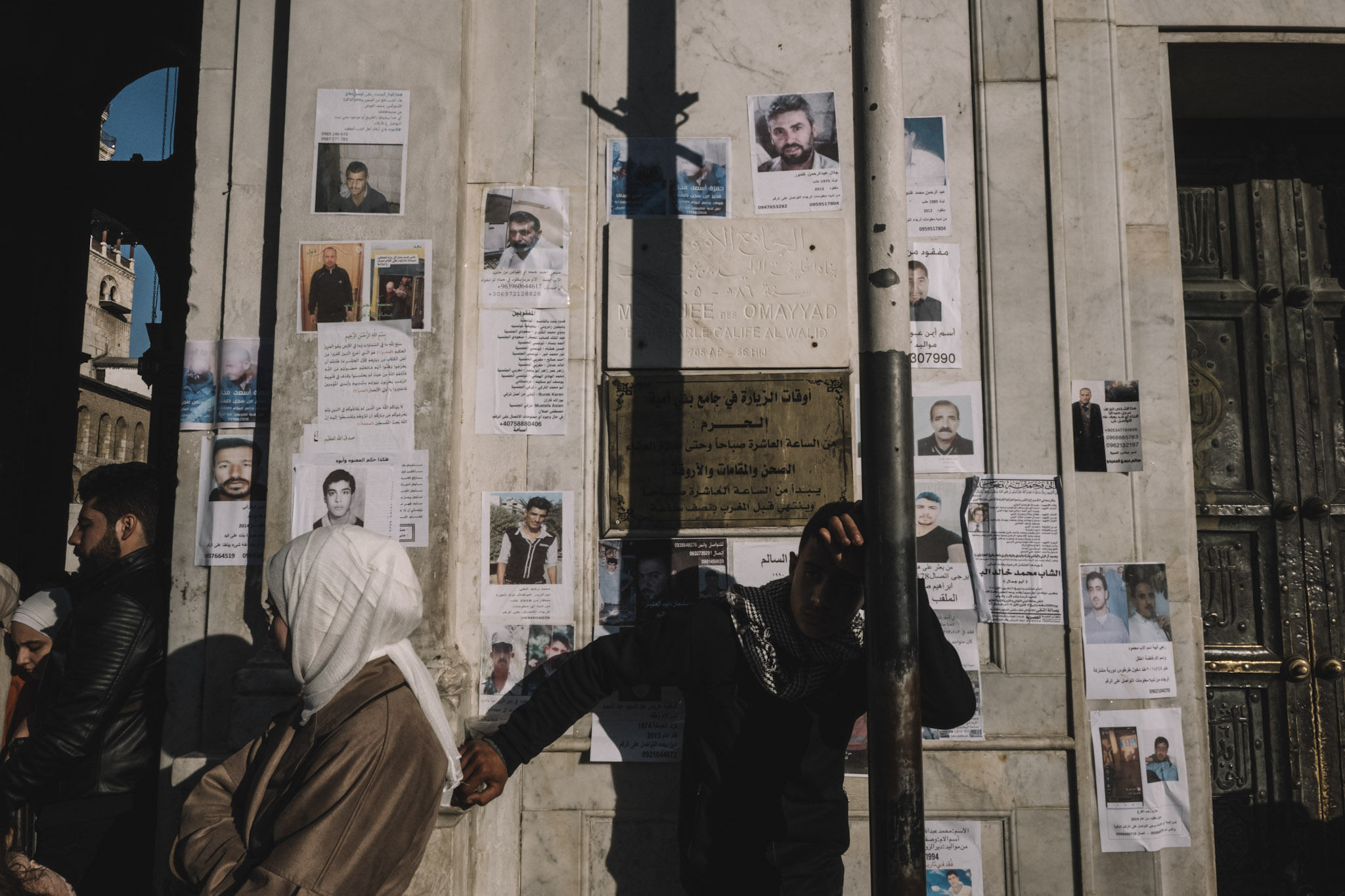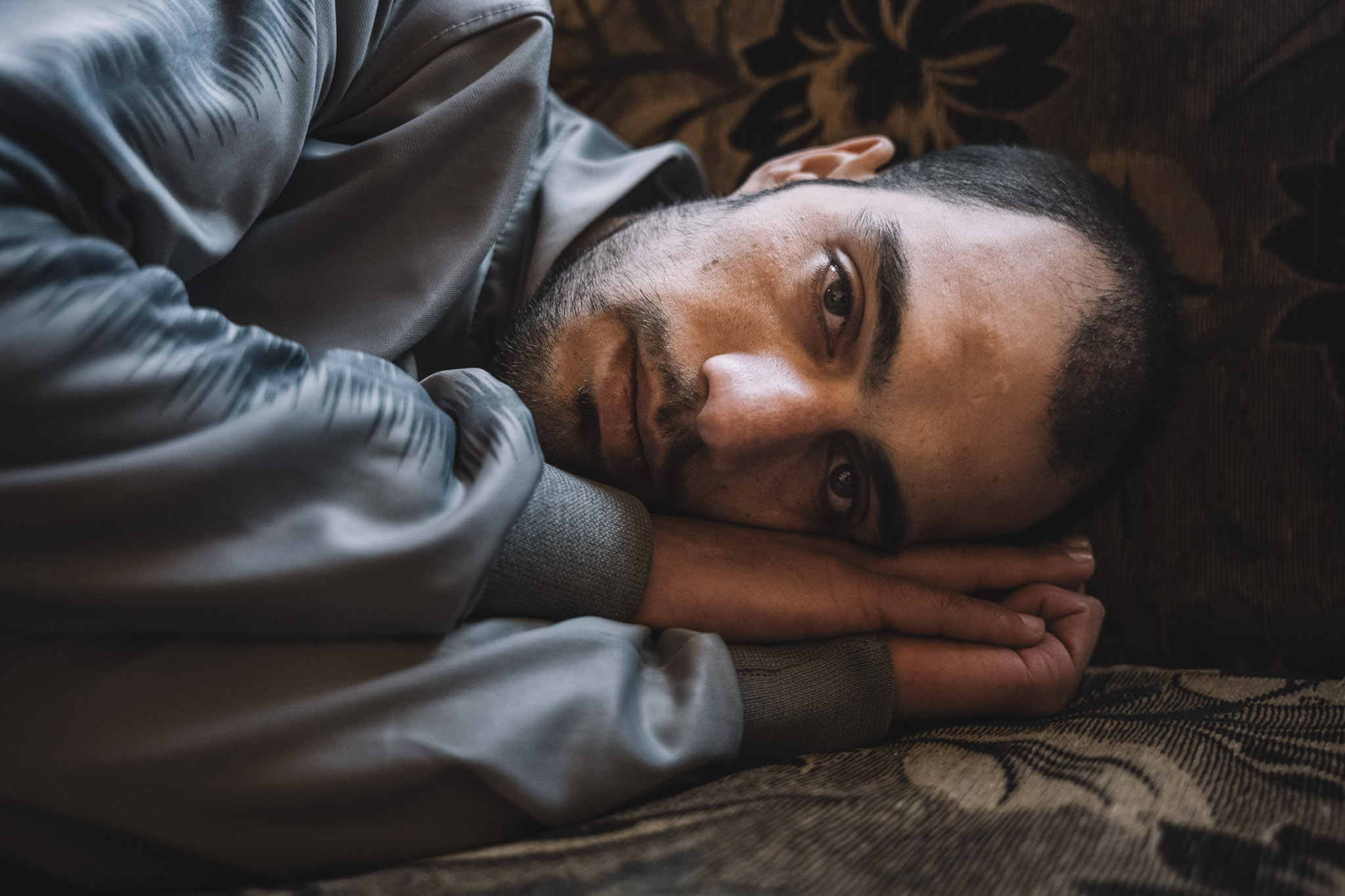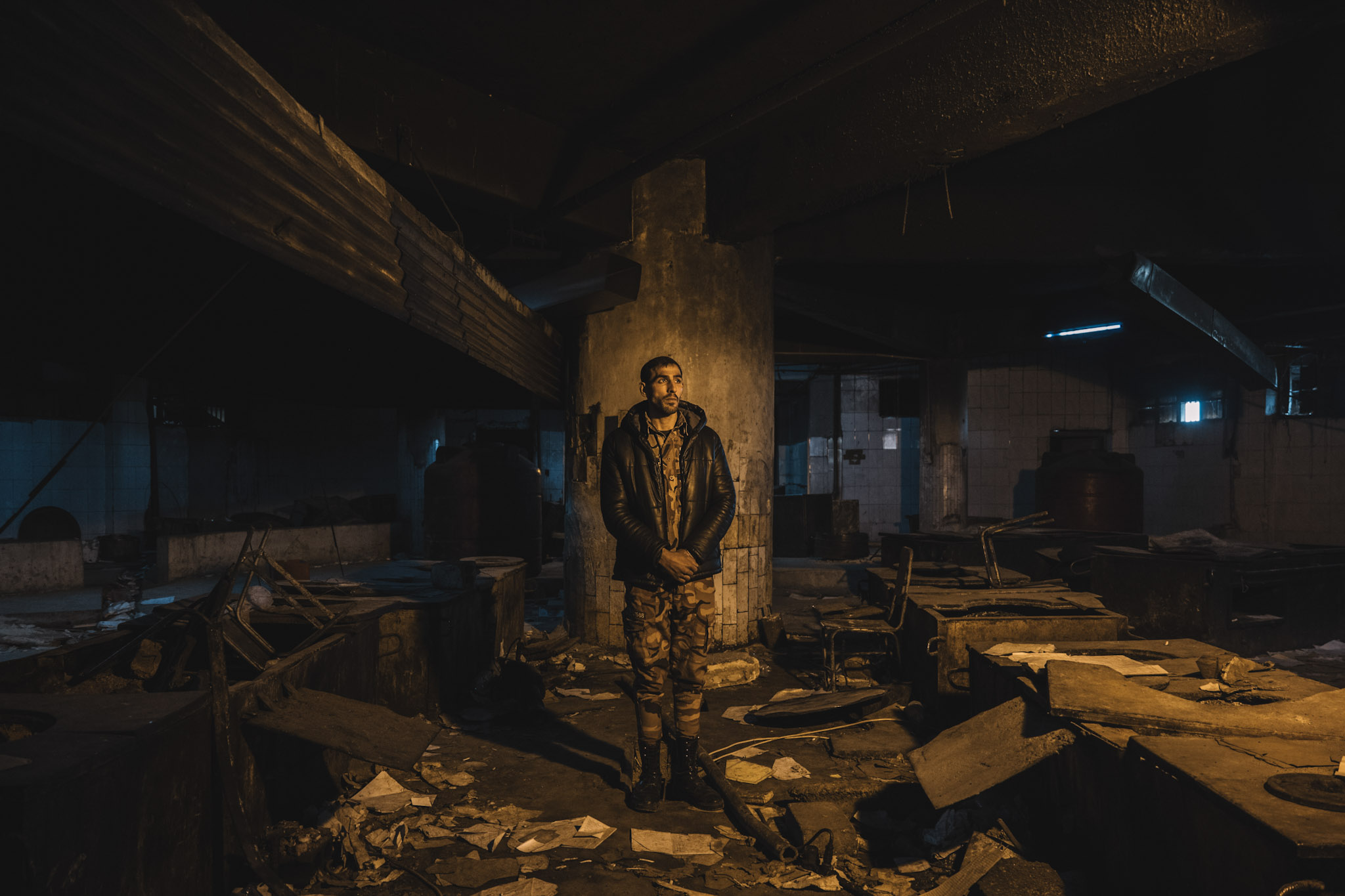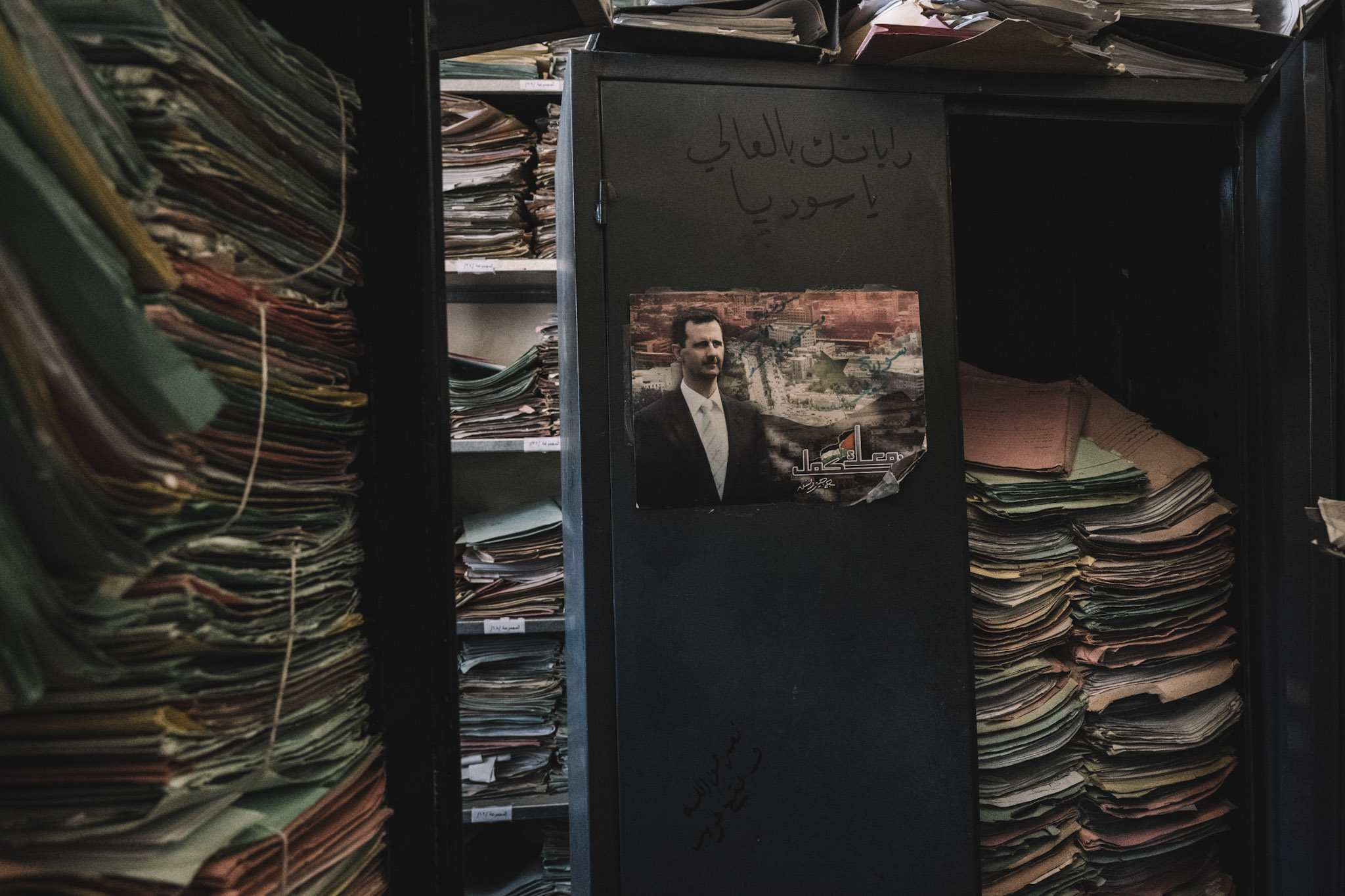Presentation
In Sednaya prison we slept in darkness. You never knew who they would take from the cell. The prisoner would be brutally beaten, sometimes to death. By morning, we would realize the person beside us had died. They used electric batons, iron rods, wooden sticks, stones, cables, and any object they could find to hit us.” This is Mohammad Khaled Krayem, one of the survivors of Syria’s prisons.
Since the first protests erupted in Syria in 2011, Assad’s regime transformed its already brutal prison system into a weapon of war, designed to crush tens of thousands of bodies on an industrial scale. By the end of this process, all that remained were lifeless, broken bodies, stripped of soul and dignity. This story with photographs and aerial footage reveals this grim reality through interviews with nine survivors. All of them were jailed in intelligence service detention centers. Six of them ended up in the military prison of Sednaya. Two fought with the armed opposition, two defected from the regime’s Army, and the rest identify themselves as civilians.
These testimonies are further supported by interviews with experts, data and sources from Syrian organizations, and visits to key sites after the regime’s collapse: Sednaya, a military intelligence prison known as the Palestinian Branch, and the morgue of Al Mujtahid Hospital, where dozens of bodies arrived after the regime’s fall. This was not merely a system that, amidst a war, jailed, executed, and killed rebels and Army deserters through starvation and disease. It was a vast network of prisons, with Sednaya at its core, where countless demonstrators, doctors, activists, journalists, humanitarian workers, laborers, taxi drivers, and students disappeared forever.
Ordinary people were used by the dictatorship to send a chilling message to the entire population. This is how the regime waged war against its own people. The arbitrary arrests and executions served not just to extort thousands of families but to bury the nation in silence and cultivate a mystique of terror and secrecy around the regime. This was an industrial death machine. It was the trench, far from the battlefield, where the dictatorship justified its existence. It was the psychological and physical battleground where Assad nearly won the war.
Biography
Samuel Nacar (Barcelona, 1992) is a Mediterranean documentary photographer and filmmaker whose work focuses on migration, social conflict, and depopulation. His projects explore two key aspects of migration: the impact on the communities left behind after mass emigration and migration routes as spaces of resistance, highlighting the lack of safe pathways and the hardships faced by those in transit.
His work is deeply rooted in the Mediterranean region, exploring its social, economic, and environmental transformations. He has worked as a freelance contributor for Ruido Photo, Revista 5W, among others. He began his career as an independent journalist in 2015 in Lesvos, covering the refugee crisis. Since then, he has spent more than a decade documenting the European border system and human rights violations across the continent.
His work has been recognized with several awards, including the Joana Biarnés Grant for Cartas a Mariví, a project on Spain’s deindustrialization and the decline of peripheral cities. Currently, he focuses on deindustrialization and depopulation in Spain and the exodus along the Atlantic migration route, analyzing how migration affects those who choose to stay.

